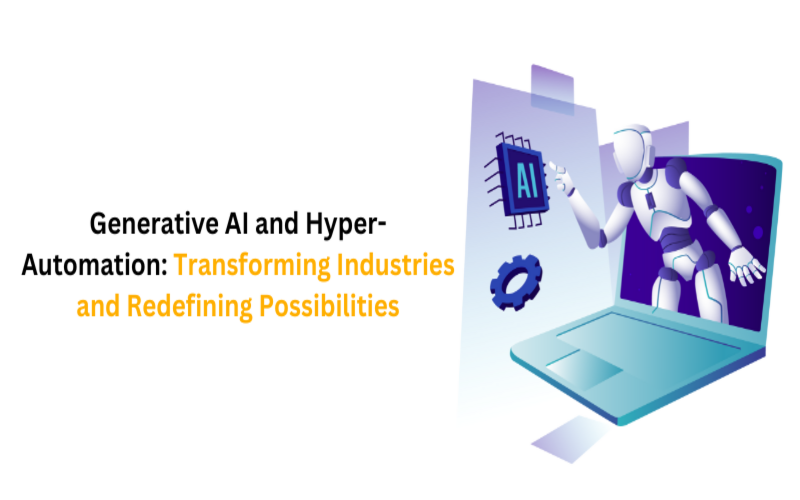What Is AI-powered Automation?
AI-powered automation perfectly integrates artificial intelligence into several processes, streamlining functioning and improving efficiency. With educated algorithms, AI automation evaluates data, recognizes patterns, and creates informed decisions, ensuring rapid and correct completion of continual tasks. It observes resource allotment, leading to a minimization of human issues and operational costs.
Automation and Artificial Intelligence (AI) are transferring companies and will distribute to economic growth between offering to productivity. They will also assist in addressing “moonshot” societal opposition in areas from health to surrounding change.
At the same time, this innovation will transfer the nature of work and the workplace itself. Machines will be able to bring out more of the duties done by humans, complement the work that humans do, and even perform some responsibilities beyond what humans can do. As outcomes, some employment will diminish, others will extend, and many more will convert.
While we trust there will be enough work to go around, the community must contend with necessary workforce transitions and dislocation. Workers will need to obtain new skills and adjust to the maximized capable machines aside from them in the workplace.
Where Are The Risks From AI And Automation?
Human performance makes mistakes, and automated systems can also act suddenly, certainly in a complicated environment where their training data is scarce. It will be concerned about using systems, which may keep back their growth if this is not organized carefully. Despite the risks automation and AI has a place in the war.
1. Quick Innovation Progress
With regular industrial automation and the most recent robotics, a new generation of increasingly capable autonomous systems is emerging in situations ranging from autonomous automobiles on highways to automated grocery store inspections. Much of this procession has been driven by enhancements in systems and parts involving mechanics, sensors, and software. AI has made mainly prominent trends in recent years, as machine-learning algorithms have become more educated and made use of high maximizes in computing power and of the expanding development in data accessible to train them.
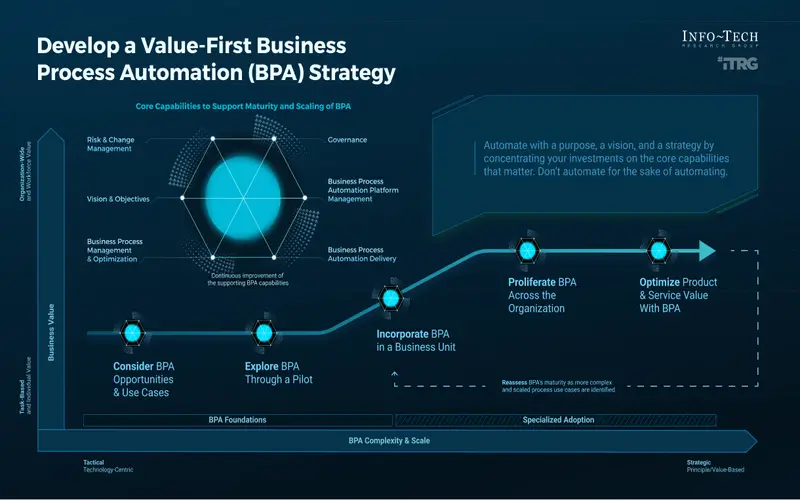
2. Potential To Assist In Tackling Various Community Moonshot Challenges
AI is also in regions extending from material science to medical research and climate science. Applying the innovation in these and other disciplines could assist in grasping community moonshot challenges. For instance, researchers have developed an algorithm that cloud minimizes diagnostic times for intracranial hemorrhaging by up to 96%.
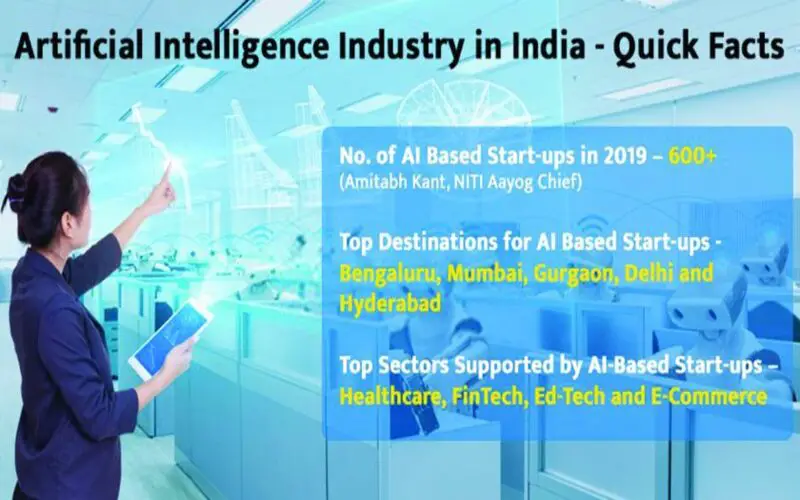
3. Digital Transformation Projects Will Gain Steam
Digital transformation has become an essential business preference for some time now. Management trusts that by 2020, nearly half their profits will be affected by digital in some way. Management will put potent manufacturing blocks in location to accelerate their capabilities to meet AIs insist on digital transformation. They are excluding more businesses from using AI to manufacture products that assist with their transformation and companies’ needs.
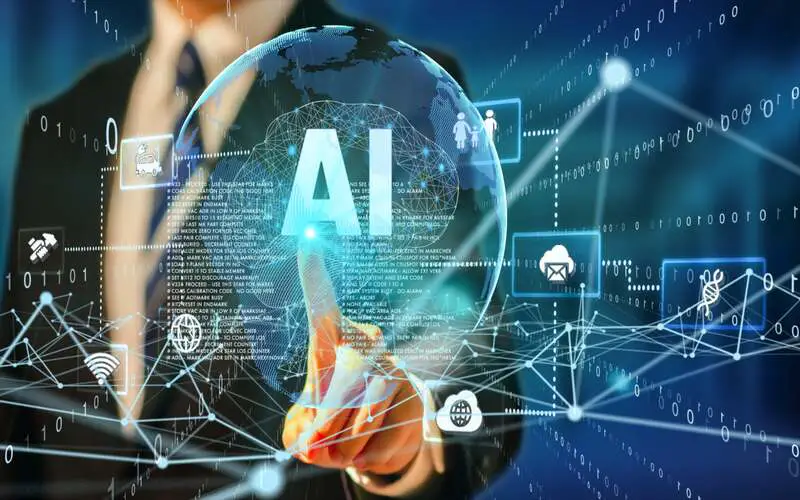
4. AI And The Trust Debate
One of the biggest hurdles to commercial artificial intelligence is people’s mistake of how algorithms work to grab data and create intelligent outputs. Understanding the employment of data is one thing, but a black box of mystery covers the information about how it functions. To achieve its total energy, AI needs to be believed. We need to know what is happening with our data, why it is happening, and how the resolution will affect our lives.
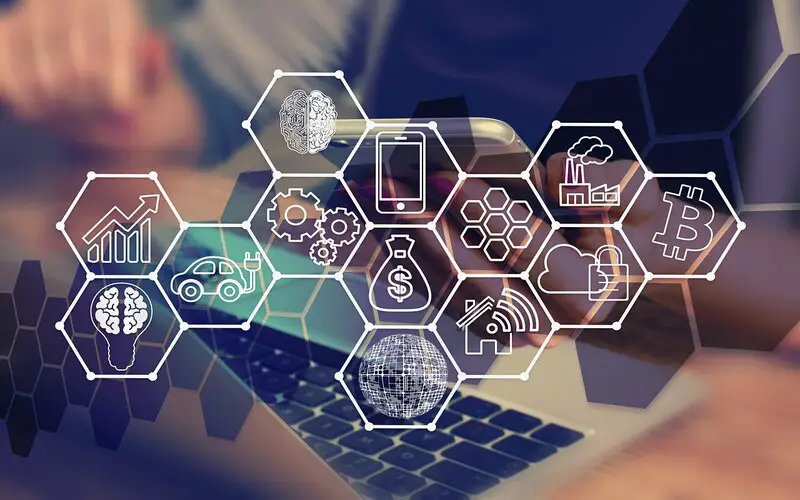
5. AI Today And The General Intelligence Of Work
Most AI systems situated today, while novel and imposing, still fall into the classification of what task force member, AI developer, and director of MIT’s Computer Science and Artificial Intelligence Laboratory. They are systems that can solve a finite number of particular problems. They look at vast amounts of data, remove patterns, and make forecasts to guide future actions.
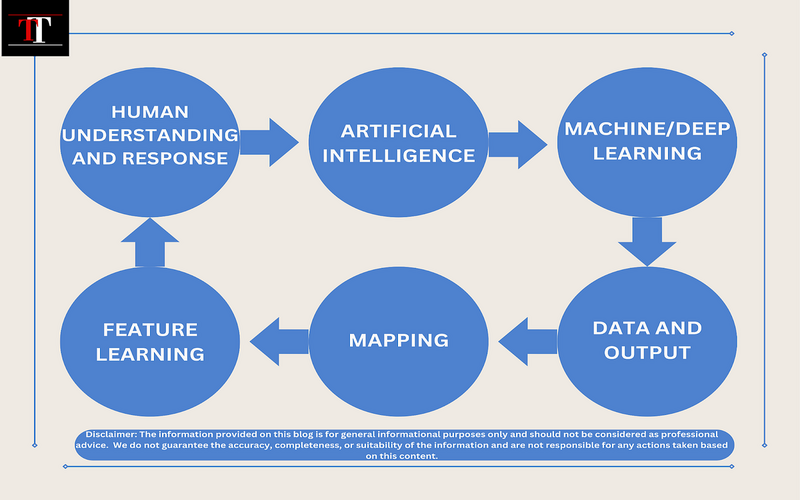
6. Optimized Search
By observing the needs and priorities of each consumer, AI enhances the experience for users finding their product wish for your website. Your users get customized results as they search, purchase, and interact with your website. The artificial intelligence procedures learn more about each user over time. It comes to identifying and forecasting what customers desire flawlessly behind the scenes. It enhances the user experience and maximizes website interaction. Using the analyzed search can assist your business in becoming more valuable as users continue to enjoy shopping with you.
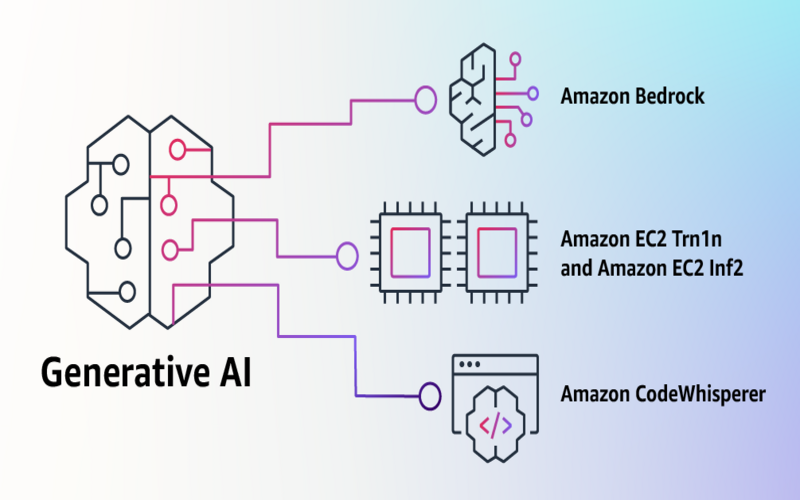
7. Automated Product Tagging
Artificial intelligence is maximized and used to add product tags to assist with the grouping process automatically. A human can quickly approve the tags as AI does a laborious decision-making process for you. Utilizing these AI characteristics is a fundamental part of rapidly implementing tags to offer enhanced user experiences, display intended recommendations, and use digital or text product searchers.

8. User Behavior Insights
AI already assist in enhancing the overall user experience across many eCommerce websites today, and progress in how to collect user behaviour insights is ongoing. Obtaining additional user behaviour data can assist your eCommerce company in more correctly forecasting future user purchase decisions. Use AI to monitor website traffic, determine how user-friendly each product page is, and choose where to expand. Do the same with user question and answer sessions using chatbots and acquire insight into users engaging with email messaging.
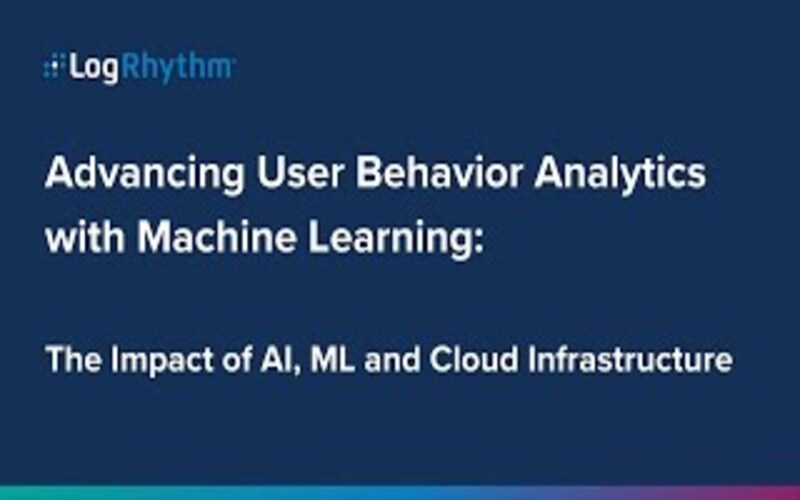
9. How Does AI-Powered Automation Affect Job Roles And Responsibilities?
AI-powered automation essentially affects job roles and responsibilities across several industries. With the combination of AI automation, tasks become more effective, minimizing the requirements for manual labor. As a result, work positions may expand and require upskilling to adapt to the changing terrain. Additionally, AI automation may terminate some mundane tasks, enabling employees to focus on more crucial and creative aspects of their jobs.
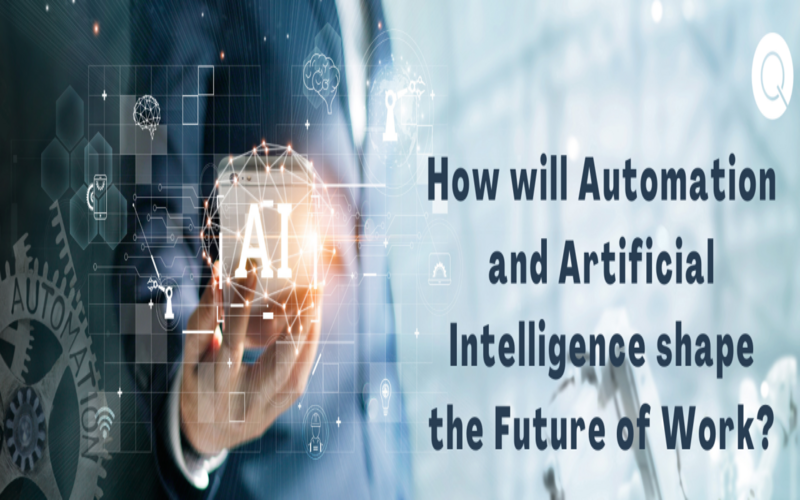
10. Automation And Streamlining Processes
Automation is a more robust technology that allows companies to streamline processes. Minimize manual mediation and reduce issues. By disseminating automation technologies and procedures, management may speed up task completion, reduce operational expenses, and increase overall effectiveness. When coupled with generative AI, automation becomes even more dynamic, empowering businesses to achieve unparalleled flexibility and innovation.
